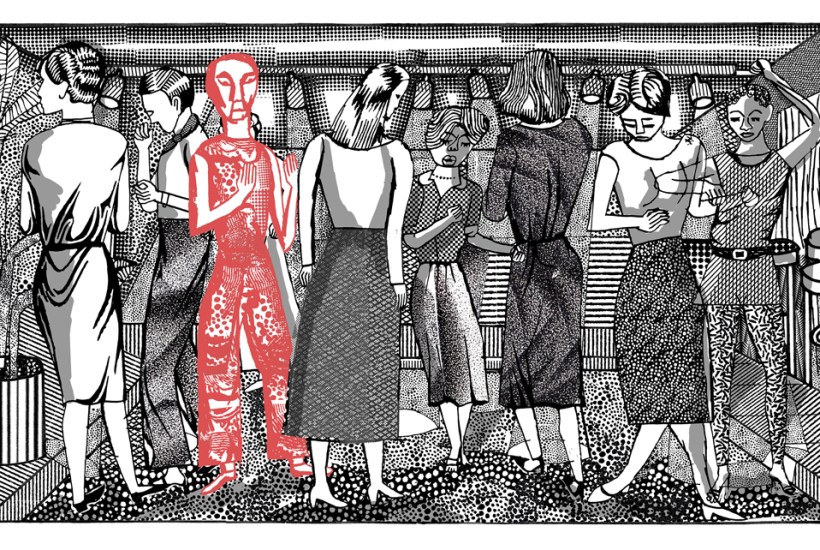Go to any nightclub and, if you know what to look for, you will see people on ketamine. You can spot them because, unlike those who have taken ecstasy or cocaine, they stand nearly motionless, struggling to move. They appear lost in a self-inflicted paralysis. This is called a ‘K-hole’– a state induced when ketamine is taken in large doses, causing a person to slip into a dissociative state.
Already a subscriber? Log in
Subscribe for just $2 a week
Try a month of The Spectator Australia absolutely free and without commitment. Not only that but – if you choose to continue – you’ll pay just $2 a week for your first year.
- Unlimited access to spectator.com.au and app
- The weekly edition on the Spectator Australia app
- Spectator podcasts and newsletters
- Full access to spectator.co.uk
Or
Unlock this article
You might disagree with half of it, but you’ll enjoy reading all of it. Try your first month for free, then just $2 a week for the remainder of your first year.








Comments
Don't miss out
Join the conversation with other Spectator Australia readers. Subscribe to leave a comment.
SUBSCRIBEAlready a subscriber? Log in